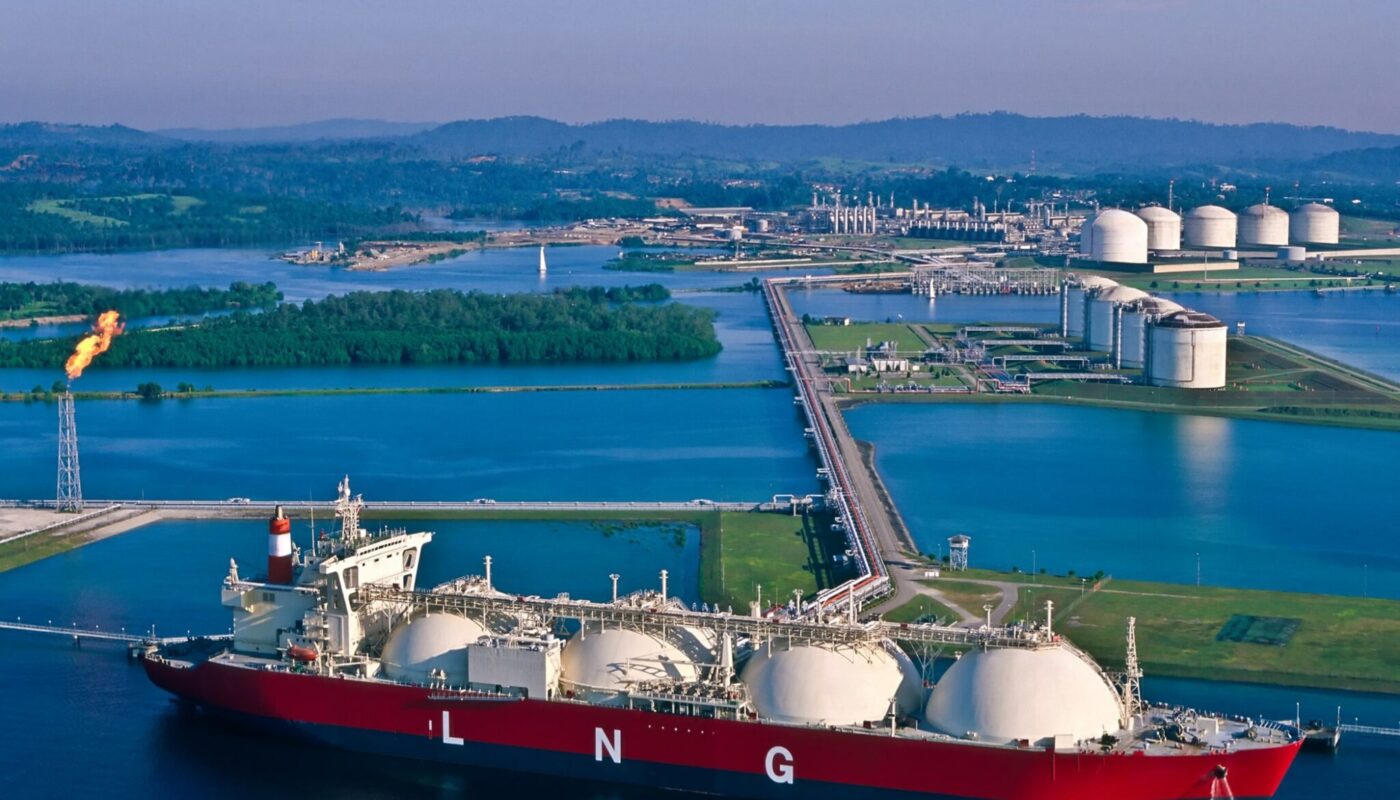The Rise of Liquefied Natural Gas as a Flexible Energy Source
Liquefied natural gas, or LNG, is natural gas that has been cooled to liquid form for ease and safety of non-pressurized transportation. At -260 degrees Fahrenheit, natural gas is reduced to about one-six hundredth of its volume in gaseous state, allowing it to fit onto specially-designed ocean-going tankers for transport.
The LNG Production Process
The production of LNG is a multi-step process involving gas purification, liquefaction, storage and transport. Natural gas extracted from reservoirs undergoes processing to remove impurities like water, oil and dust which could freeze and clog equipment. The purified gas is then chilled to liquid state in specially designed liquefaction facilities. Once liquefied, LNG is colorless, odorless and non-corrosive. It is stored at close atmospheric pressure in heavily insulated tanks mounted on LNG carriers or in onshore storage facilities before regasification.
Global LNG Trade and Infrastructure
Globally traded LNG volume has more than doubled over the past decade to around 354 million tons in 2021. Major LNG exporters include Australia, Qatar and the United States while largest importers are Japan, China and South Korea. An extensive network of regasification terminals has been developed worldwide where LNG is converted back to gas state before entering local gas grids. New export projects coupled with demand growth are expected to drive traded LNG volume to over 500 million tons by 2030.
Economic and Environmental Advantages
The economics of large-scale LNG projects and global trade are viable due to high capital investments required for liquefaction plants and carriers being offset by considerable savings in pipeline construction costs over long distances. Transporting natural gas oversea as LNG has considerably lower greenhouse gas emissions compared to coal and emits less CO2 than crude oil on an energy-equivalent basis. Switching power plants and industries to LNG can help countries lower carbon emissions and transition away from dirtier fuels.
Role of the United States
The United States has emerged as a new force in global liquefied natural gas trade, exporting over 120 million tons annually as of 2022. Massive shale gas reserves discovered using hydraulic fracturing techniques have unlocked previously inaccessible natural gas resources. Major LNG export projects on the Gulf and Atlantic coasts such as Sabine Pass, Cove Point and Freeport are fully operational. With more terminals under construction, the US is on track to overtake Australia and Qatar to become the world’s top LNG exporter by 2025. Affordable domestic gas prices and rising overseas demand present huge opportunities for US LNG exports and energy jobs.
LNG Infrastructure Development in Asia
Asia remains the primary destination for rising global LNG supplies due to strong policy support and gas infrastructure build-out. Japan, China and South Korea dominate LNG imports but India is emerging as another major buyer backed by government schemes to raise the share of gas in its energy mix. Thailand, Indonesia, Malaysia and Vietnam are expanding regasification import facilities while Pakistan, Bangladesh and Philippines have recently commissioned their initial terminals. Central and South Asian countries are also upgrading pipelines and storage to harness cheaper LNG sources despite logistical challenges in mountainous regions.
Evolution of LNG Contracts and Pricing
Traditionally LNG was traded through long term destination-restricted contracts tied to oil prices. But increased liquefaction capacity, new pipeline infrastructure and demand fluctuations have led to a rise in more flexible spot trading. Shorter term contracts often do not link LNG prices to oil and allow diversions to higher paying markets. Benchmark indices like JKM reflecting spot LNG prices at key Asian hubs have gained prominence. Contract structure evolution is critical for LNG to adapt to the realities of a globally integrated and price competitive gas market.
Future Outlook for LNG
The outlook for liquefied natural gas demand and trade remains robust over coming decades due to expanding global energy needs and urgent decarbonization imperative. The International Energy Agency estimates that LNG will account for over half of the projected increase in global gas consumption between 2020-2040. Developing Asian, Latin American, African and Middle Eastern markets will spearhead consumption growth. Technological innovations and investments in digitalization hold potential to further enhance efficiency, Economics and flexibility of LNG value chain operations. While environmental concerns require cleaner fuels, Natural Gas and LNG are strategically placed to play a crucial bridging role during the transition to a carbon neutral future.
“*Note:
1. Source: Coherent Market Insights, Public sources, Desk research
2. We have leveraged AI tools to mine information and compile it”



